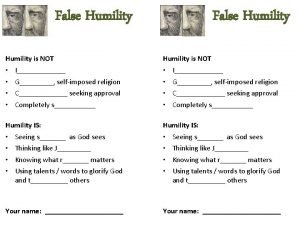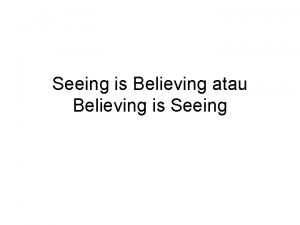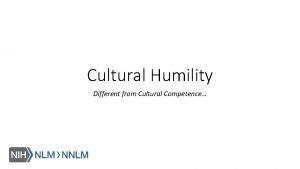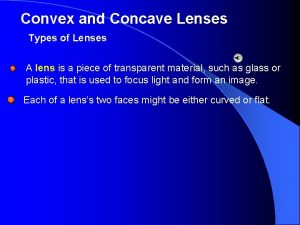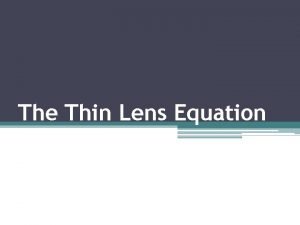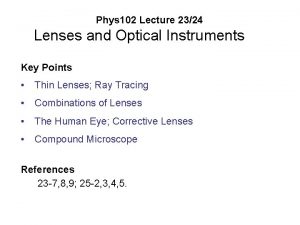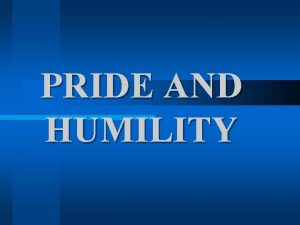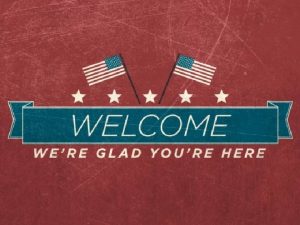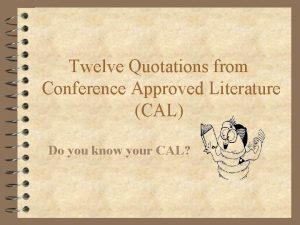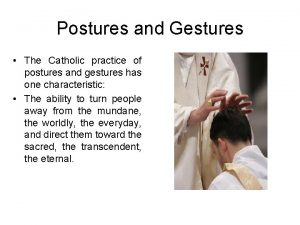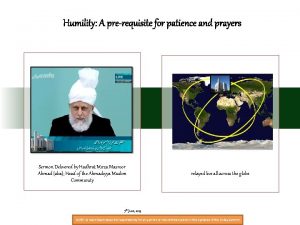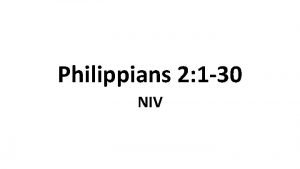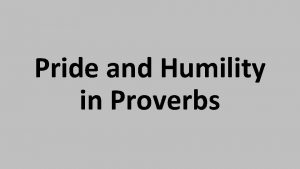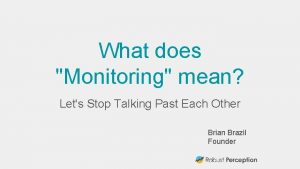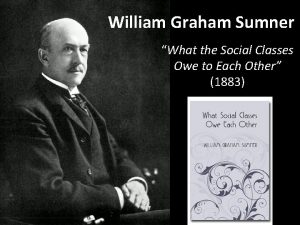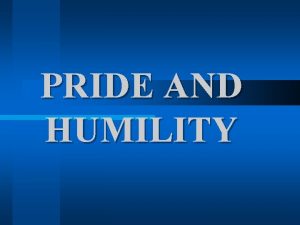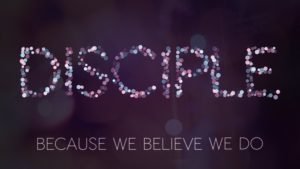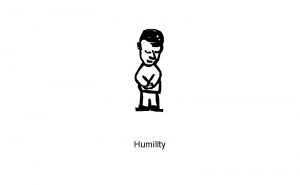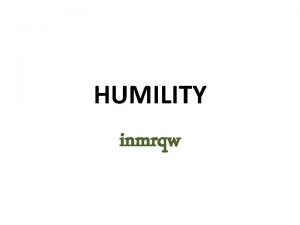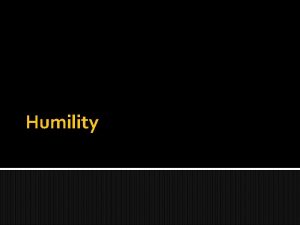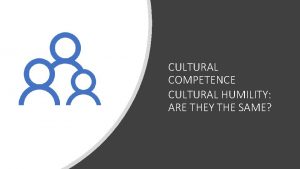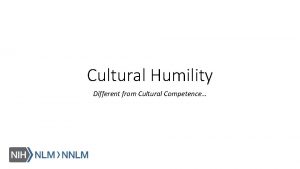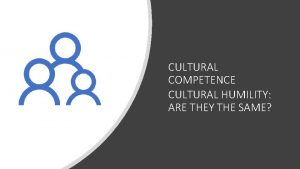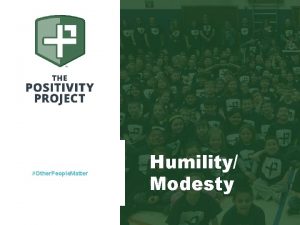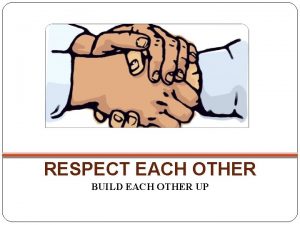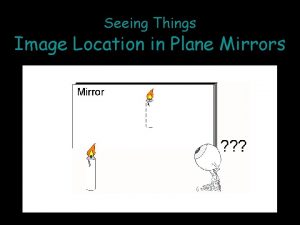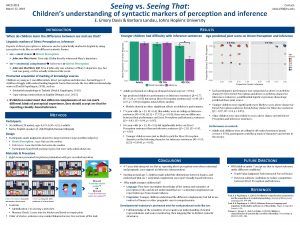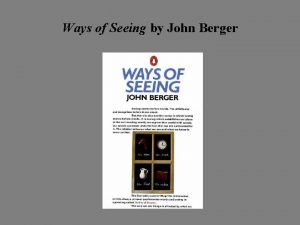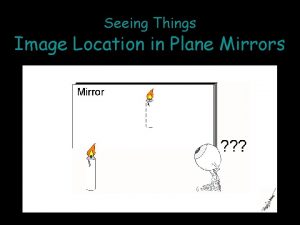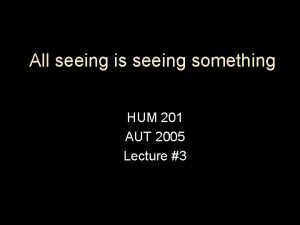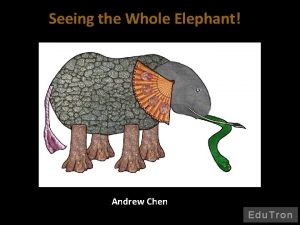Cultural Humility A Lens for Seeing Each Other




























- Slides: 28

Cultural Humility: A Lens for Seeing Each Other, A Path Toward Healing

Who We Are & Why We Are Here Crystal Hill Director, Disability Resource Center University of Central Arkansas crystalh@uca. edu Melanie Thornton Coordinator of Access and Equity Outreach University of Arkansas CURRENTS mthornt@uark. edu

Objectives • Introduce the concept of cultural humility • Provide research-based information on strategies for effective dialogue around issues related to race, sexual orientation, and disability • Invite dialogue using the propose framework • Explore ways we can be allies for change

Why Now? • AHEAD 2016 Affiliate Meeting • Widely publicized incidences of violence against people of color and the LGBTQA community • We are in Orlando

Cultural competence What’s the problem with “cultural competence”?

Defining Cultural Humility “A life-long process of self-reflection, self-critique, continual assessment of power imbalances, and the development of mutually respectful relationships and partnerships” (Tervalon & Murray-Garcia, 1998)

Another Definition of Cultural Humility “The ability to maintain an interpersonal stance that is otheroriented (or open to the other) in relation to aspects of cultural identity that are most important to the [person]. ” Wikipedia

Cultural Humility (HUMBLE) Model H: Humble about the assumptions you make U: Understand your own background and culture M: Motivate yourself to learn more about the other person's background B: Begin to incorporate this knowledge into your work L: Life-long learning E: Emphasize respect and negotiate service plans Adapted from: Using Cultural Humility to Navigate Challenging

Curiosity Humility Self-critique Willingness to change I am the Respect learner. Empathy

Cultural Agility “the ability to move in circles within another culture with ease, without making mistakes that are annoying or hurtful to the people of that culture, while remaining the learner. ”

Race Talk: Why is it so difficult?

Race Talk and Emotional Hot Buttons • Race talk triggers intense emotions • These feelings and emotions can be overwhelming and painful. • People use defensive strategies to avoid, dilute, or sideline race talk.

Race Talk Evokes Avoidance Strategies White people prefer to avoid discussing race due to fear that whatever they say or do in a racial dialog while make them appear racist (Sue, 2015, p. 13)

Race Talk Evokes Frustration • Although People of Color may be more willing to engage in race talk, they may feel that their experiences are dismissed, downplayed or invalidated. • People of Color may experience fatigue due the attempts to explain their experiences/cultural perspective to white peers.

Activity Instructions 1 – Look at your card and read the two statements. 2 – Find a partner with the same card. • Person A express your thoughts on the two narratives (1. 5 minute). Person B listen actively with the intent to understand well enough to share Person A’s perspective with others. Do not interrupt. Take notes if you need to. • Switch roles. (1. 5 minute) 4 – Find another pair with the same card (if possible)

Activity Instructions 4 – In the group of 4… • Pair #1: Person A share Person B’s perspective. Person B share Person A’s perspective. (Feel free to make corrections if your perspective is not represented accurately. ) • Pair #2: Do the same. • Discuss what you noticed about the activity. What themes emerged among the 4 perspectives?

Master Narratives • Everyone is on a level playing field. Hard work is the key to success. • Racism is a thing of the past. • Color Blindness: “We’re all the same under the skin. ” • People no longer benefit from the injustices and inequities created by their ancestors. • Displaying emotions at work is inappropriate and has professional and social consequences.

Master Narratives (cont. ) • Being gay is a lifestyle/choice. • Homosexuality is a sin. • Allowing gay people to marry diminishes the sanctity of marriage. • People who are transgender are trying to “reproduce binary gender. ” • The academic success of people with disabilities requires professional support and intervention.

Counter Narratives • The system is rigged against people of color. • Racism is a constant reality. • Pretending not to see race assumes there’s something wrong with our differences. • People inherit racial biases of their ancestors and perpetuate systems of power and privilege. • The assertiveness of professional women my be perceived as a negative emotion or characteristic.

Counter Narratives (cont. ) • Being gay is not a choice. Sexual orientation is a part of one’s biology. • What is considered a “sin” is specific to religion. This should not be a part of the civil discourse in a secular society. • Marriage is a civil act and has no bearing on the religious concept of marriage. • Gender is a social construct – society has linked gender to biological sex. • Instructors require support to create accessible environments for students with disabilities.

The Pros and Cons of Saying What You Think

The Consequences of Failing to Discuss Our Differences

Ineffective Strategies: What Not To Do • Nothing • Sidetrack the conversation • Appease participants • Terminate the discussion • Become defensive

Effective Strategies • Understand your identity. • Acknowledge and admit your own bias. • Understand meaning behind emotional expressions. • Validate and facilitate discussion of feelings. • Control the process and not the content. • Understand differences in communication styles. • Validate, encourage and express appreciation to participants who speak when it’s unsafe to do so. • Forewarn, plan and investigate race talk.

Setting the State for Dialogue (Ground Rules Example) “This is a workshop on race and racism awareness. We are going to have some difficult, emotional and uncomfortable moments, but I hope you will have the courage to be honest with one another. When we talk about racism, it touches hot buttons in all of us. Being honest and authentic takes guts. But if we do it and stick it out, we can learn much from each other. ” (Sue, 2015, p. 242)

How to Become an Agent of Change • Learn about people from members of the group. • Learn from health and strong people. • Learn from experiential reality. • Learn from constant vigilance of your biases and fears. • Learn from being committed to personal action against racism, sexism, ableism, heterosexism…

References Cultural Humility (n. d. ) In Wikipedia Retrieved February 12, 2017 from: https: //en. wikipedia. org/wiki/Cultural_humility Sue, D. W. (2015). Race talk and the conspiracy of silence. Wiley. Tervalon, M. , & Murray-Garcia, J. (1998). Cultural humility versus cultural competence: a critical distinction defining physician training outcomes in multicultural education. Journal of health care for the poor and underserved, 9(2), 117 -125.

Contact Us Crystal Hill Director, Disability Resource Center University of Central Arkansas crystalh@uca. edu Melanie Thornton Coordinator of Access and Equity Outreach University of Arkansas CURRENTS mthornt@uark. edu
 False humility
False humility Seeing is believing atau believing is seeing
Seeing is believing atau believing is seeing Erika carr
Erika carr Fnha cultural safety and humility
Fnha cultural safety and humility Cisgender
Cisgender Cultural humility definition
Cultural humility definition Fresnel lens vs convex lens
Fresnel lens vs convex lens Convex vs concave lens
Convex vs concave lens Thin lens equation rearranged
Thin lens equation rearranged Near point distance
Near point distance Humility in bible means
Humility in bible means Unity through humility
Unity through humility Clothe yourselves with humility toward one another
Clothe yourselves with humility toward one another Approved
Approved Postures and gestures at mass
Postures and gestures at mass Purity of soul meaning
Purity of soul meaning Biosphere 2 a lesson in humility
Biosphere 2 a lesson in humility Patience sermon outline
Patience sermon outline Imitating christ's humility
Imitating christ's humility Proverbs about pride and humility
Proverbs about pride and humility The competent manager
The competent manager Types of repair
Types of repair Which diagram shows magnets that will attract each other?
Which diagram shows magnets that will attract each other? A simple pendulum of length 40 cm subtends 60
A simple pendulum of length 40 cm subtends 60 How do currents and magnets exert forces on each other
How do currents and magnets exert forces on each other As atoms bond with each other they
As atoms bond with each other they Let's stop talking to each other
Let's stop talking to each other William graham sumner what social classes owe to each other
William graham sumner what social classes owe to each other Seafret wildfire lyrics
Seafret wildfire lyrics
